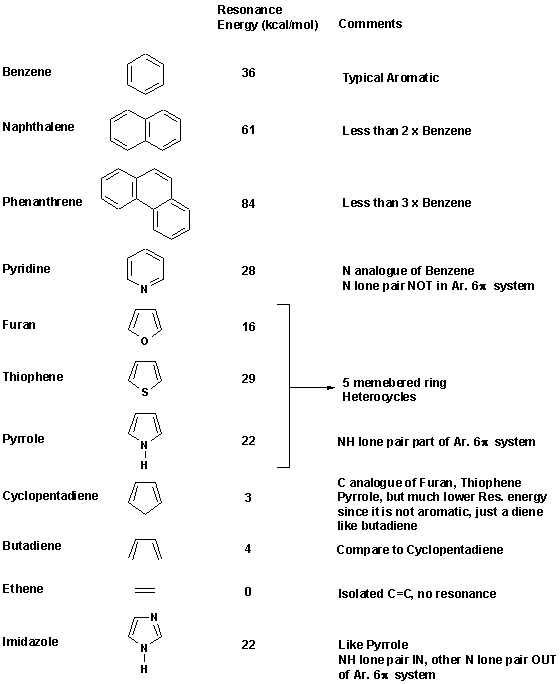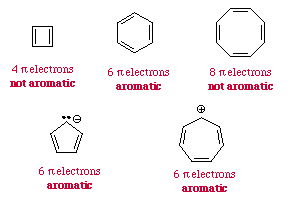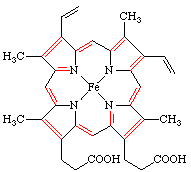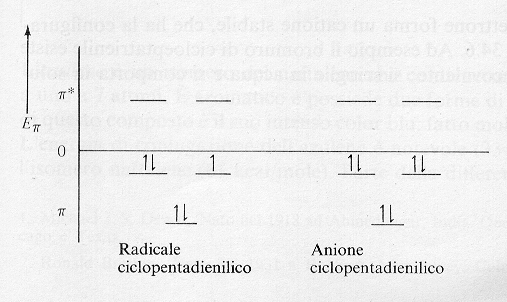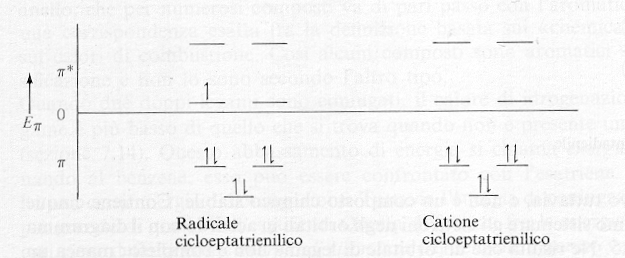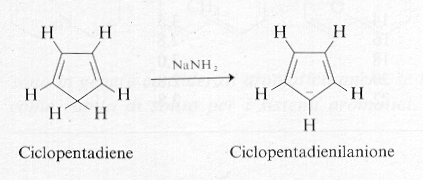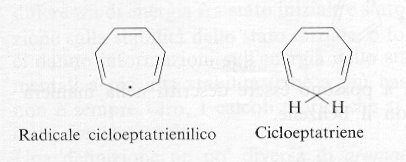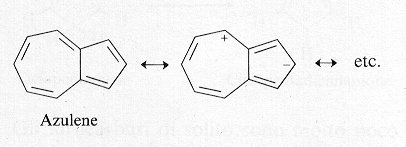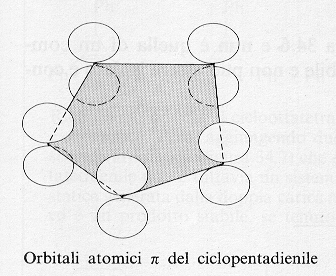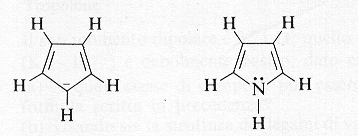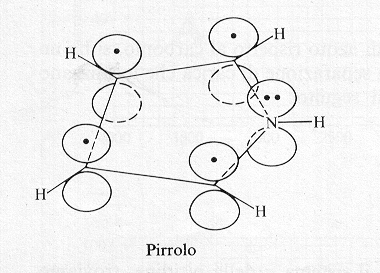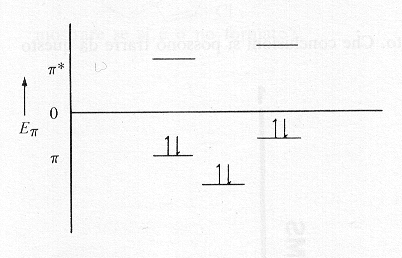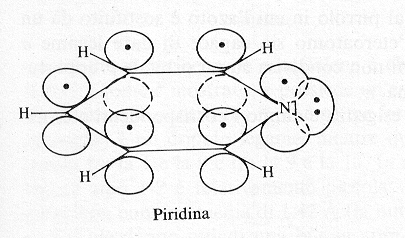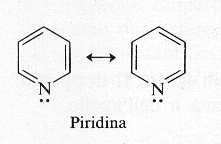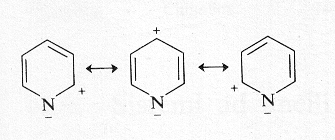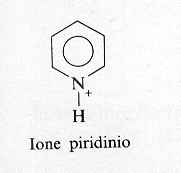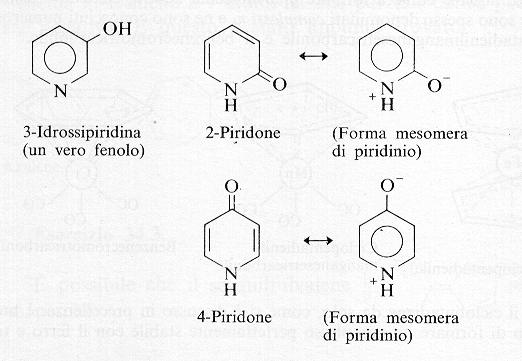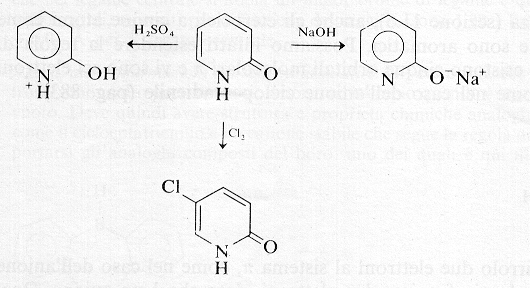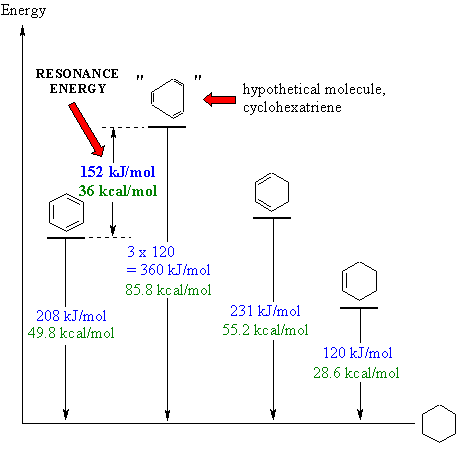 |
The diagram shows the experimental heats of hydrogenation, DHh,
for three molecules, benzene, 1,3-cyclohexadiene and cyclohexene. These
are related in that under appropriate conditions that can all be reduced
to the same product, cyclohexane.
The DHh for "cyclohexatriene", a hypothetical molecule in which the double bonds are assumed to be isolated from each other, is calculated to be 3 times the value for cyclohexene. This value reflects the energy we could expect to be released from 3 isolated C=C. By comparing this value with the experimental value for benzene, we can conclude that benzene is 152 kJ or 36 kcal / mol more stable than the hypothetical system. This is the resonance energy for benzene. What is the resonance energy of 1,3-cyclohexadiene ? |
